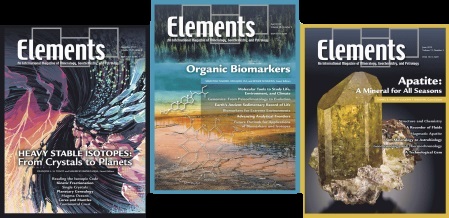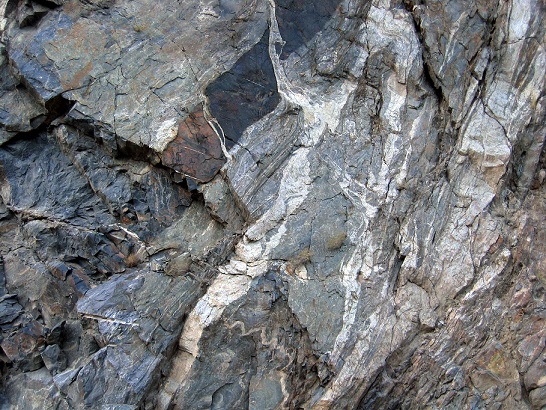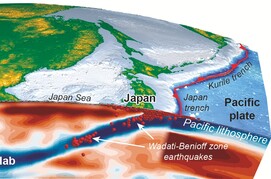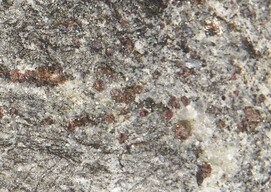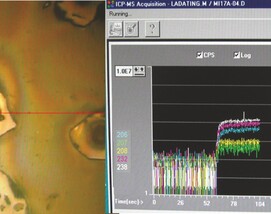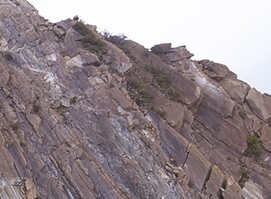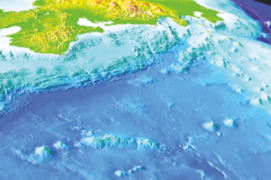Archean Cratons Time Capsules of the Early Earth
Studies of Archean cratons, and the rocks and minerals they contain, help us understand the processes that occurred on the early Earth, our place in the Solar System, and how the planet we live on today came to be. The articles in this issue examine different aspects of early Earth evolution from multiple perspectives relying on both theory and observation. We hope they will encourage you to investigate further this most fascinating time in Earth history. Here we introduce the basic characteristics of cratons, the challenges of inferring Earth evolution from the sparse Archean rock record, the concept of cratonic clans, the development of supercratons, and, by the end of the Archean, continents, supercontinents, and plate tectonics.
Archean Cratons Time Capsules of the Early Earth Read More »

